How do you compress a file
With zip, you can group or archive numerous files and have them act as a single file. Let's say you need to send multiple documents and image files to someone, you'll need to attach each file individually and that will take a lot of time.
A better option would be to package everything into a zip file and quickly attach that zip file to the mail. Another characteristic of a zip file is that it is compressed.
This means that the files will be smaller and it will be easier to attach larger files to the email and send them. When you publish them on the web, they can be quickly downloaded.
How do I compress a folder in Windows 10?
- Select the files you want to compress.
- Right-click on the file
- Select Send to from the menu
- Click on the Compressed (zipped) folder option.
- Rename the zip file
- Drag and drop files into the zipped folder to add more files.
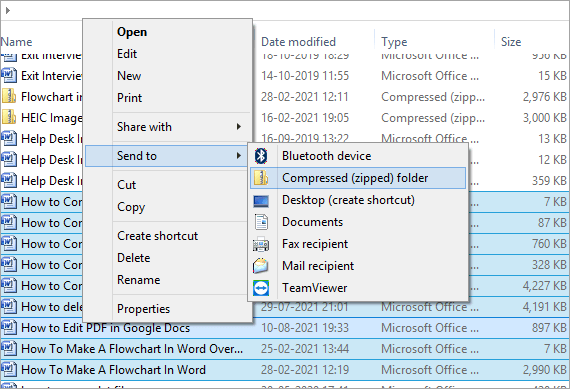
Zip file encryption
- Right click on the zip file
- Select properties
- Click on Advanced
- Select Encrypt content to secure data
- Select Ok
- Leaving the window
- Click on Apply
- Select OK
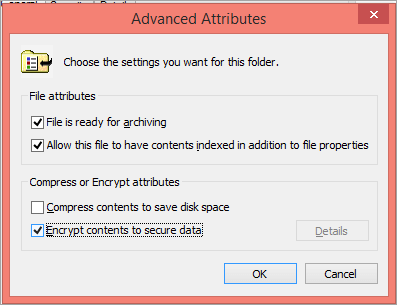
Or you can use WinRAR to encrypt the zip file.
- Open the zip file with WinRAR.
- Select tools
- Click Convert archives.
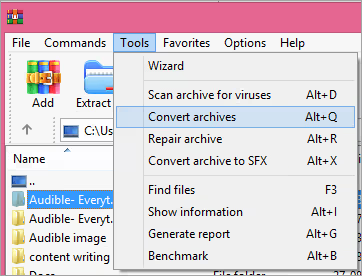
- Select Compression in the pop-up window.

- Go to the definition of a password
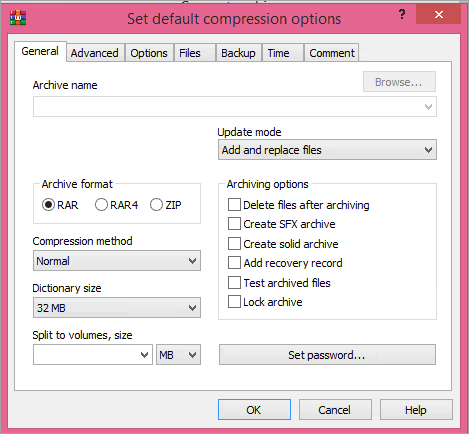
- Enter the password
- Re-enter the password to verify
- Click on Ok
- Click on Yes

How do I compress a folder on macOS?
- Select the files you want to compress.
- Right-click the file or hold down Control and click.
- Select Compress from the menu.
- All files will be sent in a compressed file with the default name Archive.zip.
- Rename the file.

On Windows, you can add other files to the zip file you created, but not on macOS. Here you will need to create a new one.
Zip file encryption
macOS also allows you to create encrypted zip files using the Terminal.
- Open terminal
- Desktop CD type
- Press enter
- Type zip -e [name of the zipped file].
- Press enter
- Please enter a password
- Retype your password

You can also use Archive to password-protect your zip file.
- Open Archiver
- Drag and drop the files you want to compress.
- Select Encryption
- Enter your password and verify it.
- Click on Archive
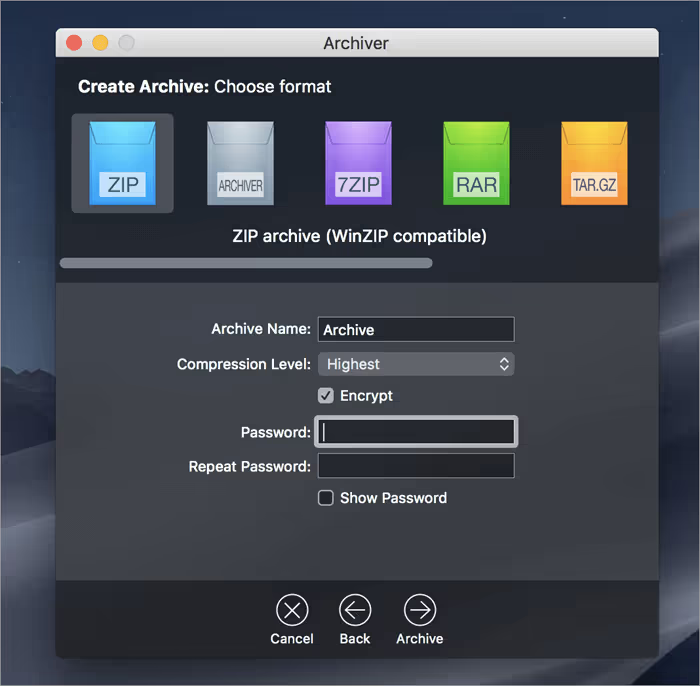
How do you unpack a file
How to decompress files on Windows 10
Windows makes it easy to work with ZIP files, so you don't need to unpack them.
- Double click on the zip file
- You will see a list of files, just double click on the one you need to extract.
- If you want to extract all files, right-click on the zip file and select the “extract all” option.
- Choose a destination for extraction.
- Click on Extract All.

To extract a single file, you can simply drag and drop it from the zip folder.
How to decompress files on macOS
Decompressing a file is a bit different on a Mac compared to Windows. You cannot open a decompressed file directly, but it is placed in a new folder.
- Double click on the zip file.
- A folder will be created with the same name.
- Double-click the folder to open it.
- Double-click on a file to open it.
Or
- Right-click on the file.
- Select Open
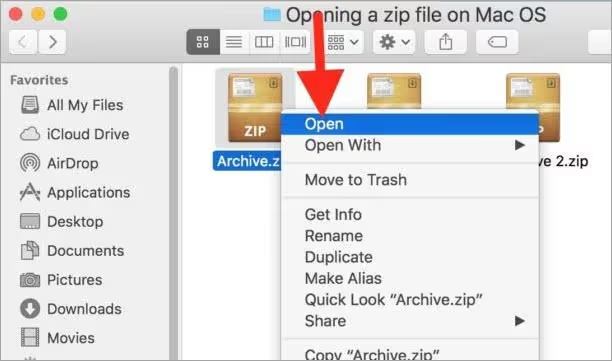
If these methods don't work, you can also use other applications like 7-zip, Peazip, and more to compress and decompress files.
Recommended reading: Learn to open RAR files on Windows and Mac
FAQS
Can Windows 10 compress and decompress files?
Yes. Windows 10 has a built-in file compression option that you can use to compress or decompress a file. To compress a file, select the files, right-click them, and select Send to. Then click on the compressed format to create a zip file. To unpack a file, right-click the file and select Extract All.
Can you zip an entire folder?
Yes, you can do that. On Windows 10, right-click the file you want to compress, click Send To, and click the Compressed (zipped) folder. On macOS, right-click the file and select Compress.
Does Mac have a zip program?
Yes, macOS comes with a compression program called the Archive Utility app, which makes it easy to compress a file with just a few clicks.
Do Zip files reduce quality?
No You don't lose quality when you zip a file. Upon extraction, you will find that the files are, byte by byte, exact copies of the original. You don't lose the fidelity, image quality, or data associated with zipped files.
How does a zip reduce file size?
Zip files can send more data at a faster speed using compression. When files are compressed, they become lighter, which means they take up less space and can be sent quickly. Also, the amount of data that your computer uses to process this file will be greatly reduced.
Conclusion
There are plenty of other third-party applications available for compressing and decompressing files, but Windows 10 and macOS have all the necessary functions for this purpose.
These programs are easy to use and effective. But if you work primarily with zip files, you can also rely on a third-party application that is more efficient and better meets your needs. The ease with which you can work on zip files on Windows and Mac allows anyone to easily process multiple and large files.
.svg)




